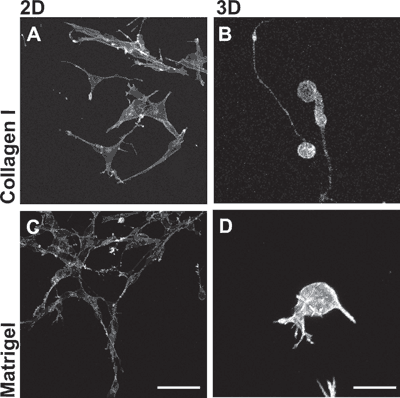Axon Guidance by Multiple Cues


Nerves fail to regenerate after injury, and current medical practice is unable to manipulate effectively the process of nerve regeneration. This project seeks to solve this problem by quantifying how guidance cues, both individually and in combination, promote axon growth. This knowledge is central to understanding nerve development and promoting accurate and effective nerve regeneration. Our working hypothesis is that directed axon growth requires multiple cues, which must be well-defined and coordinated at the level of the local cellular environment. To test this hypothesis necessitates the fabrication of a new platform upon which to study neuronal growth. The platform (1) delivers a combination of cues in a controllable and quantifiable manner; and (2) provides a means by which to test their hierarchical and synergistic interactions. We are fabricating platforms with specific dimensions and spatial arrangements of multiple cues, to test how combinations of topographical and molecular guidance cues promote axon growth. Our objective is to correlate axon growth and direction to specific quantities and ratios of cues, thus establishing the basis for new strategies for nerve regeneration.


